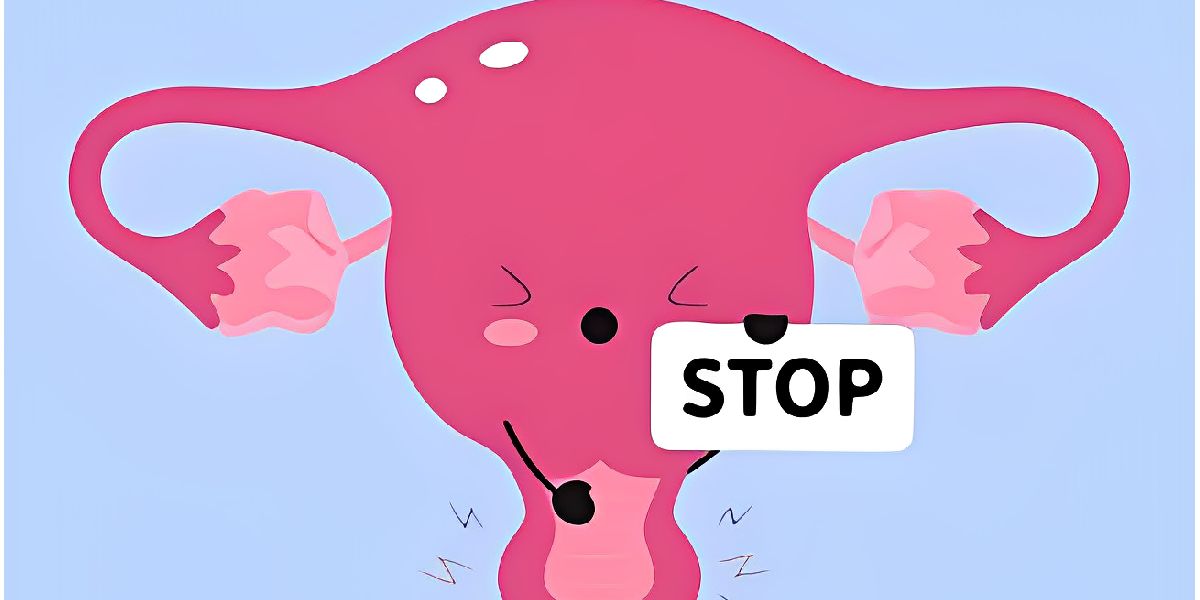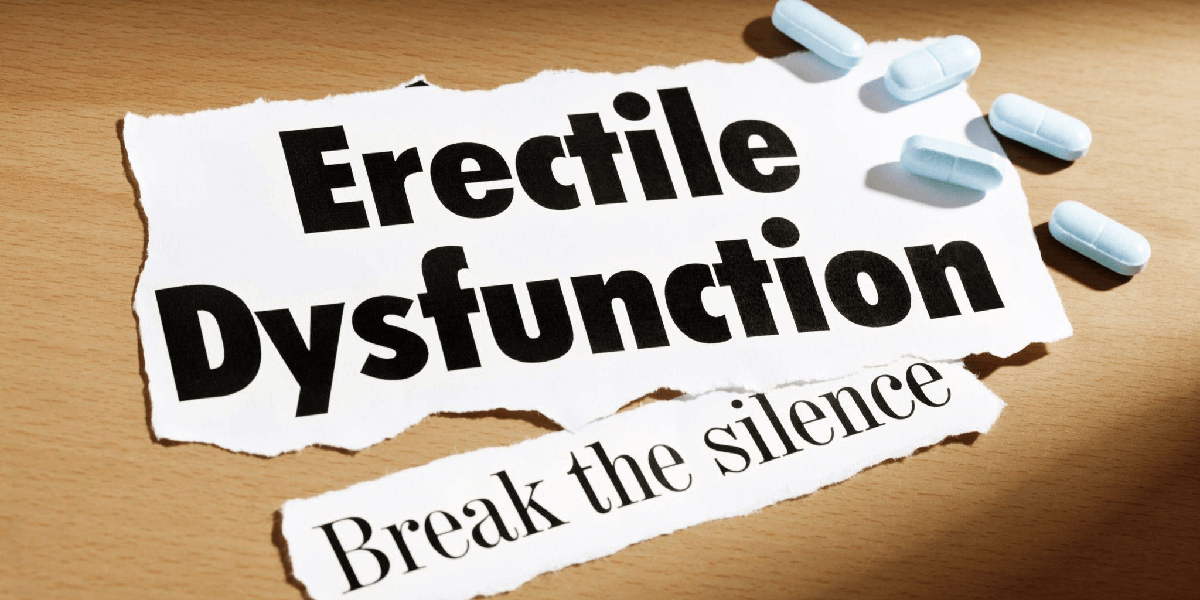© Copyright 2018. All Rights Reserved.
Understanding Endometriosis

Endometriosis is a persistent and frequently distressing ailment characterized by the growth of tissue like the uterine lining, known as endometrium, outside the uterus. This tissue undergoes similar changes during the menstrual cycle as the uterine lining—thickening, breaking down, and bleeding. However, as it cannot exit the body, it becomes confined, forming scar tissue, adhesions, and severe pain over time.
Unveiling Symptoms of Endometriosis
Pain in the pelvis:
Before and during menstruation, women may experience severe menstrual cramps.
The painful intercourse:
Discomfort or pain during or after sex is a common symptom.
When you have heavy periods:
As compared to the usual menstrual cycle, menstrual flow is notably heavier.
Infertility:
There is a possibility that endometriosis can affect your ability to conceive.
Gastrointestinal Issues:
During menstruation, symptoms like diarrhea, constipation, bloating, and nausea may occur.
Peeling Back the Layers of Causes
Although the precise cause of endometriosis remains uncertain, multiple theories have been proposed:
Retrograde Menstruation:

Retrograde menstruation is a theory that suggests menstrual blood, instead of being expelled from the body, flows backward through the fallopian tubes and into the pelvic cavity. During this process, the endometrial tissue, which lines the uterus, may adhere to the pelvic organs, such as the ovaries, bladder, or intestines. Over time, this can lead to the development of endometriosis, causing symptoms such as pain, inflammation, and the formation of scar tissue. While retrograde menstruation is one potential explanation for the occurrence of endometriosis, it is important to note that the exact cause of this condition remains unclear and is likely to involve a combination of factors.
Transformation of embryonic cells:
Hormones like estrogen might transform embryonic cells into endometrial-like cell implants during puberty.
Surgical Scars:
After surgeries like a hysterectomy or C-section, endometrial cells might attach to the surgical incision.
Immune System Disorders:
Issues with the immune system might fail to recognize and eliminate endometrial-like tissue growing outside the uterus.
Strategies for Managing Endometriosis
Medical Treatments:
Pain Medications:
Over-the-counter pain relievers may help manage mild symptoms.
Hormone Therapy:
Birth control pills, hormone therapy, or gonadotropin-releasing hormone agonists can alleviate pain and reduce menstrual flow.
A Surgery:
Laparoscopic surgery is to remove endometrial tissue or hysterectomy in severe cases.
Lifestyle Modifications:
 (1)-2023-12-04-656e03f57e3f2.png)
Dietary Changes:
Some individuals find relief by avoiding certain foods like caffeine, alcohol, or gluten.
Exercise and Stress Management:
Regular physical activity and stress-reduction techniques like yoga or meditation might help manage symptoms.
Support and Resources for Endometriosis
-2023-12-04-656e0599c2fc0.png)
Support Groups:
Online or in-person support groups offer a platform for individuals to share their doubts and seek advice.
Educational Resources:
Reliable websites, books, and medical journals provide detailed information about endometriosis.
Healthcare Professionals:
Consulting with gynecologists, reproductive endocrinologists, or pain specialists helps in getting personalized treatment plans.
final thoughts
 (1)-2023-12-04-656dfe3c4c0f0.png)
Endometriosis is a difficult condition that requires a multi-faceted approach to management. Understanding its symptoms, potential causes, and available management strategies is crucial for individuals affected by this condition. With the right combination of medical treatments, healthy lifestyle, and support, managing endometriosis becomes more manageable, empowering individuals to lead fulfilling lives.
This detailed guide aims to shed light on endometriosis by exploring its symptoms, potential causes, and various management strategies available. Understanding this condition is the first step towards effectively navigating its challenges and finding suitable ways to manage its impact on daily life.
Recent Post
-

Intrauterine insemination (IUI) Success Tips: Enhance Your Fertility
-

The Connection Between HCG Hormone and Pregnancy: Explained in detail
-

Conquering Asthenozoospermia: Strategies for Male Fertility Success
-

Embracing Sensuality with Vaginismus: Strategies and Support
-

Decoding Erectile Dysfunction: Insights, Remedies, and Resource & care





